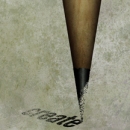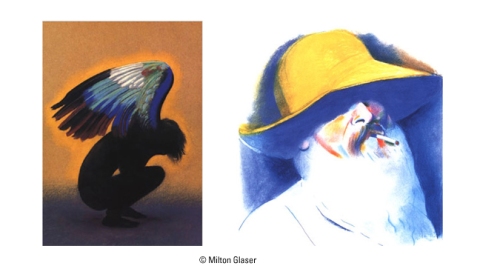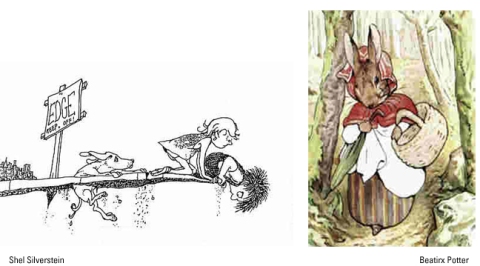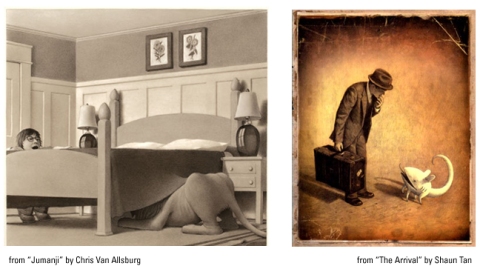Another Legend, Another Lesson
Milton Glaser is Graphic Design and Illustration.
Referred to as the design industry’s “icon”, he truly is the Master, who long ago reached the pinnacles of success. With intelligence, passion and integrity (and amazing talent!) he’s stayed fresh and irrevocably admired well into his 80’s.
Talk about longevity, he’s it. His work inspires millions, his discipline influences countless students. He’s done it all, exceptionally well.
And just the other day, he posted this picture on his Facebook page, which I thought was pretty neat. I looked through the comments, remarks of honest admiration. What do you say to this, after all?
But this simplest of “sketches” is more than a cool memento. It serves as a reminder of the raw power of an idea. And what we do or don’t do with it.
Ideas can come in an instant, we all know that. The key seems to be whether we acknowledge or dismiss that instant. And in the next breath, whether we grab a pen and the nearest scrap of paper, napkin, gum wrapper, and jot it down.
What happens after that has a lot to do with the validity of the concept, the practicalities, the applications, the creative development. And lots of those “sudden insights” end up in our own sort of slush pile.
But sometimes…. it’s golden.
So thank you Milton for this humbling image, reminding us to give ideas the light of day, the freedom to breathe, roam, and define themselves.
Draw it, write it, sketch it, record it. … do it!










